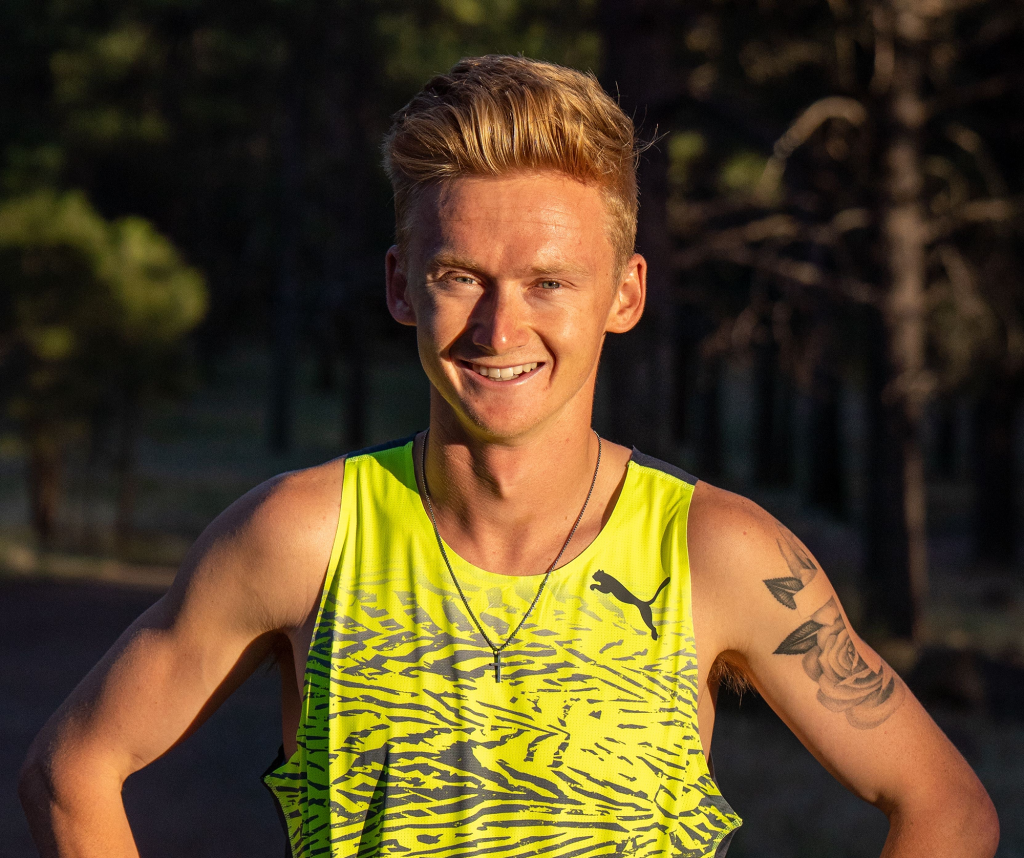Matt’s discussion with Rory Linkletter shines a light on the multifaceted approach that elite marathoners like Rory employ to optimize their performance. As Rory prepares for the Paris Olympic Games, his journey highlights not only physical endurance but also strategic planning, nutrition, and recovery strategies that experienced endurance athletes can incorporate into their own training and racing regimens.
One of the pivotal themes in Rory’s training is the importance of nutrition timing and gut tolerance. During his preparation for the Seville Marathon, Rory meticulously planned his fueling strategies not just for race day, but throughout his training cycle. A well-structured nutrition plan allows for the fine-tuning of energy sources and timing, ensuring that he maximizes his performance without risking gastrointestinal distress—an ever-present concern for endurance athletes. Experienced athletes recognize that the effectiveness of carbohydrate ingestion is highly individual. By experimenting with different types and timing of carbohydrates—such as gels, drinks, or solid foods—Rory has honed in on what works best for his body, optimizing both gut tolerance and energy availability during high-intensity efforts.
Hydration is another critical component of Rory’s preparation. Maintaining metabolic efficiency, especially in challenging conditions, hinges on adequate hydration and electrolyte balance. Rory’s training includes not only hydration during workouts but also post-exercise recovery strategies that replenish lost fluids and electrolytes. Learning to manage hydration in varying environments ensures that Rory maintains optimal performance levels, allowing him to sustain effort during long-duration events. Understanding the impacts of sweat rate and temperature can help athletes tailor their hydration strategies effectively, reducing the chances of cramps or fatigue associated with dehydration, which can severely impact endurance efforts.
In addition to nutrition and hydration strategies, Rory incorporates supplements into his regimen, focusing on those that enhance recovery and support his training demands. Omega-3 fatty acids, vitamin D, and specific amino acids can aid in reducing inflammation and assisting muscle repair, allowing for a more efficient recovery process. The synergy of these supplements with a well-rounded diet supports overall metabolic efficiency, facilitating the adaptations necessary to sustain high volumes of training.
Rory’s approach to nutrition and recovery is complemented by a commitment to rigorous training phases, including speed blocks and threshold workouts. These elements not only improve his running economy but also engage different metabolic pathways, paving the way for better performance outcomes. Balancing these training components requires a thorough understanding of one’s own responses to varying intensities and durations; as seasoned athletes know, the right balance can lead to significant improvements in race performance.
Recovery optimization also plays a fundamental role in Rory’s preparation. The post-marathon recovery phase is designed to gradually reintroduce training while allowing ample time for muscle regeneration. This phase is critical for elite athletes who encounter cumulative fatigue from intense training cycles. By devising a recovery plan that balances active rest with the reintroduction of specific speed and endurance sessions, Rory enhances his body’s ability to adapt and improve in anticipation of future races.
In Rory’s case, his decision to engage in racing, such as participating in the Houston Half Marathon five weeks before the Seville Marathon, serves as an insightful strategy for building confidence and assessing fitness under competitive conditions. This approach illustrates that strategic racing can be a powerful tool in preparation, allowing athletes to gauge their nutrition and hydration strategies in real-time, thus refining their approach to better align with their ultimate race objectives.
Moreover, Rory has recognized the value of engaging with his audience through his YouTube channel, providing insights into his training routines and personal experiences. While this may seem tangential, the mental fortitude gained from sharing one’s journey is significant. Experienced athletes often face challenges in maintaining focus and motivation over time. Engaging with a community can foster resilience and inspire consistent effort in training and recovery practices.
Ultimately, Rory’s journey emphasizes that successful endurance performance is multifaceted—a combination of tailored nutritional strategies, hydration management, recovery optimization, and strategic planning. For serious athletes training for long-duration events, a realistic takeaway from Rory’s approach is the critical importance of refining nutrition timing and testing consumption strategies during key training sessions. By assessing how different fueling options and hydration techniques impact performance and gut tolerance, athletes can fine-tune their approach to racing, ensuring they maximize their potential and minimize the risk of gastrointestinal distress or energy depletion in challenging conditions.
